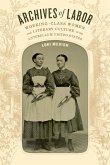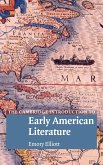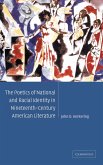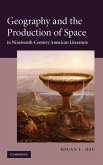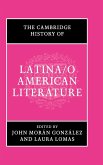The Literature of Labor and the Labors of Literature juxtaposes representations of labor in fictional texts with representations of labor in nonfictional texts in order to trace the intersections between aesthetic and economic discourse in nineteenth-century America. This intersection is particularly evident in the debates about symbol and allegory, and the author contends that allegory during this period was critiqued on precisely the same grounds as mechanized labor. Despite the undeniable differences between literary characters and historical workers, the discursive possibilities for constructing the character of both fictional and nonfictional persons are strikingly similar. Both allegory and the new forms of labor produced a version of personhood that seemed frighteningly flat, a flatness that attacked the substance of the work ethic and, indeed, the very foundations of American individualism. Using this contextualized model of allegory, Weinstein goes on to argue that texts by Hawthorne, Melville, Twain, and Henry Adams are best understood as both allegories of labor (that is, the allegorical representations of the nature and cost of being a laboring being) and labors of allegory (that is, the visibility of the author's work of representation). In the course of completing a historical investigation, Weinstein revolutionizes thc notion of allegorical narrative, which is exposed as a literary medium of greater complexity and consequence than has previously been implied - a working authorial vehicle for engaged and at times socially turbulent thought.


